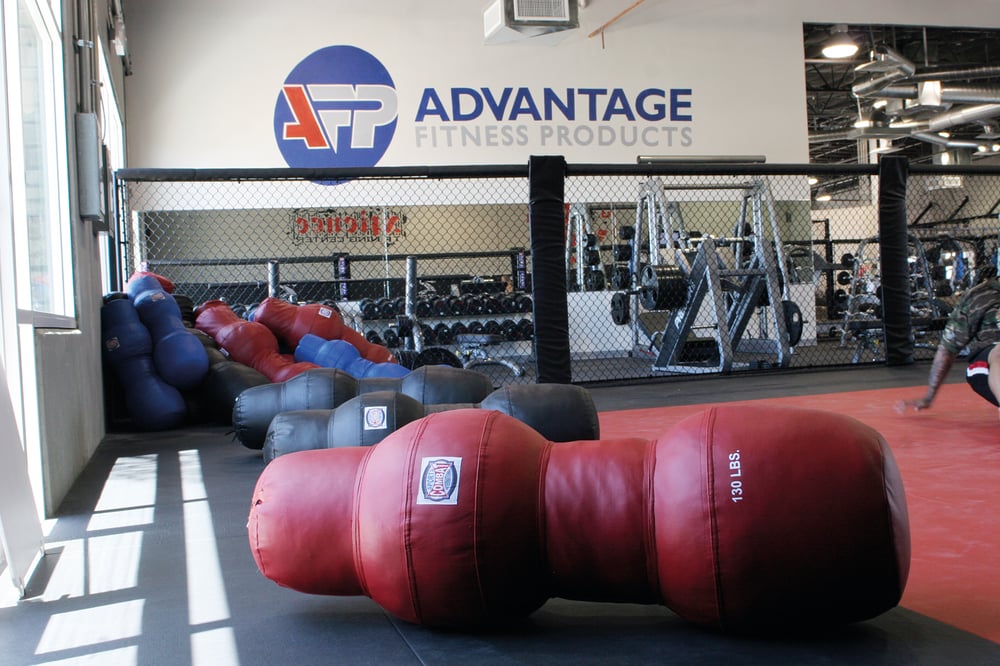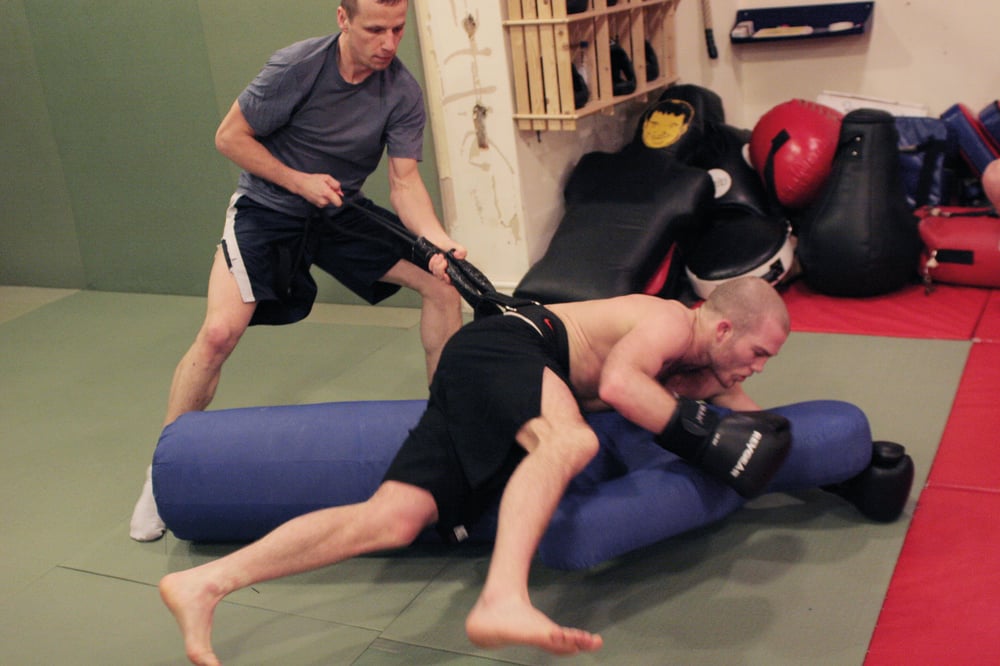
Issue 047
March 2009
Sometimes you need a partner who won’t complain when you drop them on their head or elbow them in the guts. This is when you get your hands on a grappling dummy.
Why use them?
Because they are more easily replaced than a good training partner! They provide a body-shaped object for you to chuck about as often as you like without it complaining, getting injured, or wanting a chance to get revenge.
When would you use them?
Although a grappling dummy will never replace a live human being when it comes to training, they can be handy for working on slams or suplexes, or for drilling ground ‘n pound. With even the most realistic dummy there will be a limit to how much technical training you can usefully do, but with a little creativity (or a sadistic coach) they can be a fantastic conditioning tool.

Weight
Grappling dummies range in weight between around 50lb and over 150lb. Bearing in mind that this is all dead weight, experienced users advocate a grappling dummy that is considerably lighter than you are.
Design
There are a wide variety of different grappling dummy designs on the market. They range from something that looks like an oddly shaped punch bag to elaborate human replicas with fully articulated joints. Before getting a dummy spend some time looking at the different designs and ideally get your hands on one to gain an idea of what you can and can’t do with it.
Durability
It is often difficult to get a good idea of how durable a grappling dummy is just by looking at it. If you are buying in person, you can check any stitching or seams, but this doesn’t really tell you if it’ll hold out after the 5000th suplex. Try and find impartial reviews from people who have used the model you are considering. Failing that, it’s a good rule of thumb that the more complex a design is, the more potential there is for bits to break.

Arms and legs
Some grappling dummies have no arms and legs at all, while others have just arms but only a single stump for the legs, and some even have a fully humanoid body shape. Depending on how you plan to use the dummy, you might find stumpy arms and legs more of an inconvenience than a benefit. Those with no legs are usually easier to stand up by themselves. Others say that they give a more realistic feel when drilling positional work or ground ‘n pound, and allow you to work throws from your arm and leg grips.
GENERAL TIPS
Realism vs simplicity
Some manufacturers go to great lengths to make their model as human-like as possible for those people who want to practise their spinning leglock to gogoplata combination. While you might try this a few times, you’ll quickly discover that it’s not the best use for a grappling dummy. Practising complex submissions on a dummy is about as productive as playing chess with your hamster.
The dummy really comes into its own when training the heavy physical stuff that your friends won’t let you do on them. If you’re after something to smash repeatedly into the mat, then overall feel is more important than the exquisite detail of the fingernails.
Making your own
Making your own dummy isn’t as hard as you’d expect, and there are plenty of resources online on how to put one together, but be aware that your home-made version may not last as long as one that has been professionally constructed.










